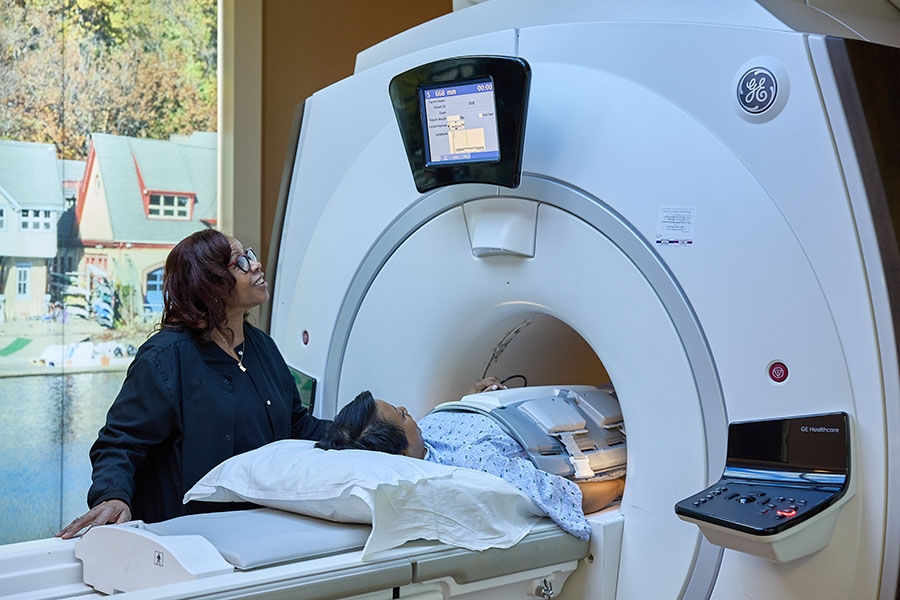What Are Uterine Fibroids?
Uterine fibroids, also called leiomyomas or myomas, are tumors that grow on the wall of the uterus. Uterine fibroids are not cancerous and do not usually become cancerous. Fibroids can range in size from very small and undetectable with the eye to large enough to expand the uterus and distort the abdomen. Uterine fibroids are common, with about 1/3 of women ages 25 to 44 experiencing symptoms.
Causes
The causes of fibroids are not known, though there are some factors that may contribute to the risk of developing them:
- Age, usually between ages 30 and 50
- Heredity
- Hormonal changes, specifically levels of progesterone and estrogen
- Race, as fibroids are more common in African-American women
Symptoms
Some women with fibroids have no symptoms, depending on the location, size and number. When symptoms are present, they can include:
- Bleeding — Abnormal uterine bleeding is common, but severe bleeding should be evaluated by a doctor.
- Constipation — Fibroids pressing against the rectum can cause rectal pain or difficult bowel movements.
- Pain — Back pain or leg aches are common with fibroids. Sudden and sharp pelvic pain requires prompt medical care.
- Pelvic pressure — Pressure felt in the pelvis or a feeling of bloating in the abdomen is common.
- Urination issues — Because the fibroids can press against the urinary tract, some women experience difficulty urinating or frequent or painful urination.
- Vaginal bleeding — Periods may be heavy or last more than a week.
Treatment Options
Many treatment options are available to relieve uterine fibroid symptoms. Some treatments include:
- Birth control — Low-dose birth control pills, as well as birth control injections and intrauterine devices or IUDs that contain progesterone-like medications can stop fibroids from growing and relieve heavy bleeding.
- Endometrial ablation — During this outpatient procedure, uterine lining is removed using either hot or cold temperatures. Endometrial ablation reduces most heavy menstrual bleeding, but it is not for women who want to have children.
- Hysterectomy — This surgical procedure involves removal of the uterus and can be performed through an incision or vaginally using minimally invasive surgical techniques.
- Medications — Gonadotropin-releasing hormone agonists are either implanted, injected or delivered by nasal spray to shrink fibroids.
- Myolysis — Fibroids are destroyed with a needle that uses electric current or freezing.
- Myomectomy — During this procedure, which can be performed as an open surgery or with minimally invasive techniques, the surgeon removes the fibroids and leaves the uterus intact.
- Uterine fibroid embolization — Particles made of plastic or gel are injected into vessels that supply blood to the fibroid, causing the fibroid to shrink.
- Watchful waiting — Doctors will watch low-risk uterine fibroids and not recommend treatment until they are symptomatic.
Ready for an Appointment?
If you're experiencing signs or symptoms of uterine fibroids, schedule an appointment or call 800-TEMPLE-MED (800-836-7536) today.
Learn more about our doctors and care team who diagnose and treat uterine fibroids.
